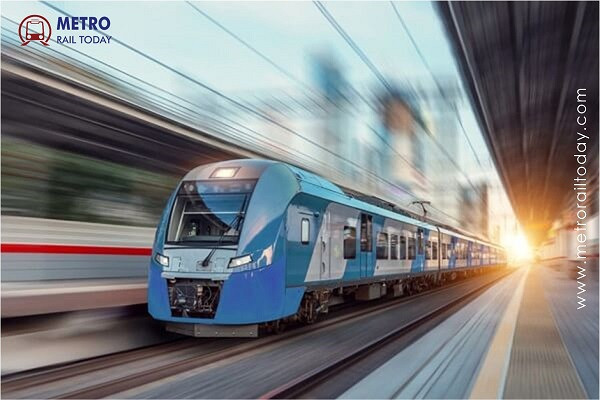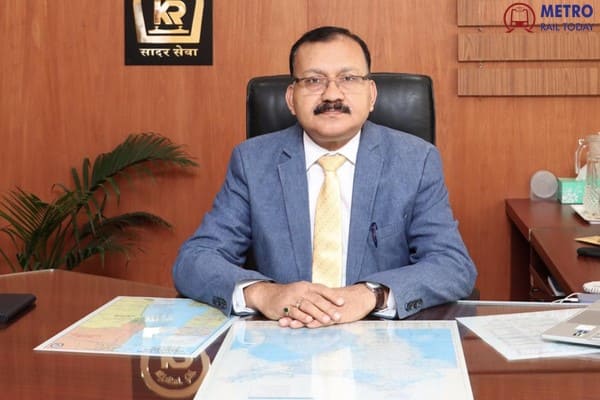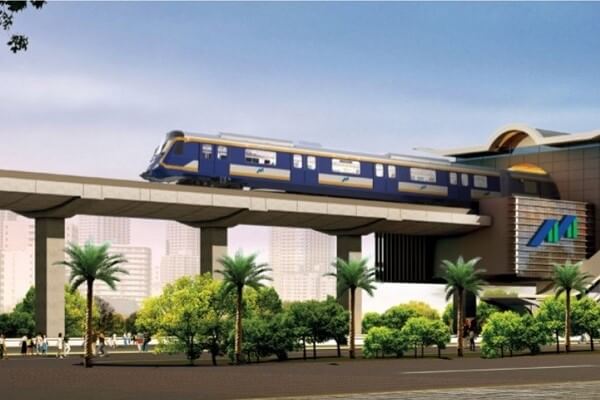 MMRDA floated tender to appoint General Consultants for Mumbai Metro Line 5
MMRDA floated tender to appoint General Consultants for Mumbai Metro Line 5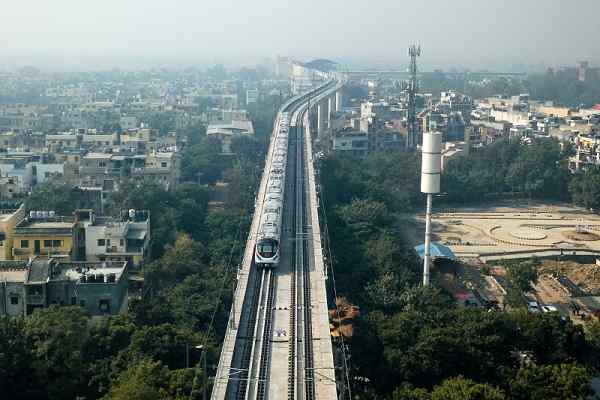 RailTel signs MoU with South African Firms to expand Railway Technology Business
RailTel signs MoU with South African Firms to expand Railway Technology Business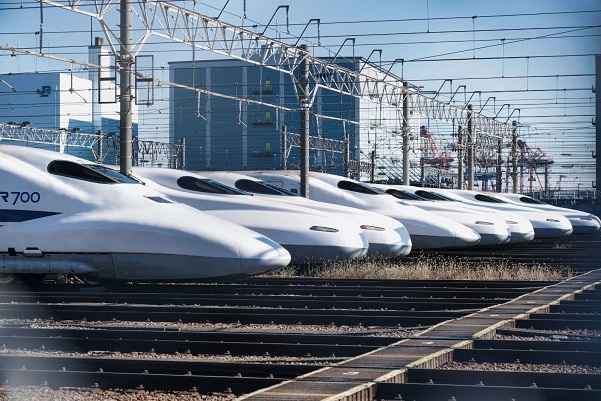 Latest updates on Sabarmati Rolling Stock Depot of Mumbai-Ahmedabad Bullet Train Project
Latest updates on Sabarmati Rolling Stock Depot of Mumbai-Ahmedabad Bullet Train Project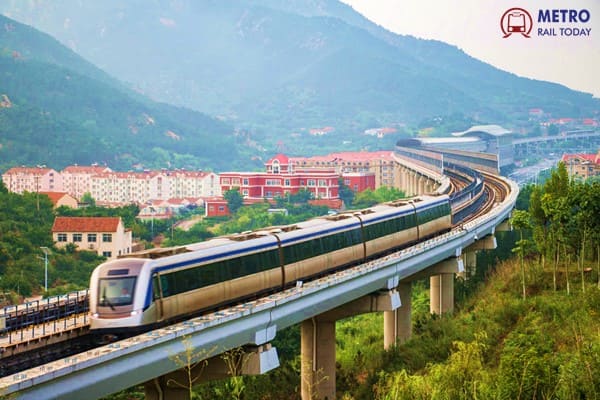 Route survey commences for ₹6,225 crore Bhubaneswar Metro Rail Project
Route survey commences for ₹6,225 crore Bhubaneswar Metro Rail Project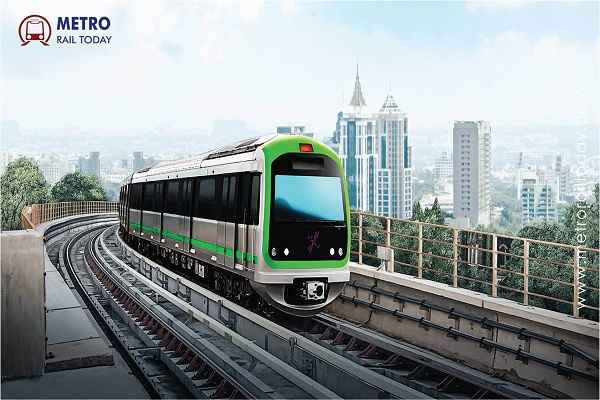 Eight firms bid for feasibility study of Bengaluru's Madavara-Tumakuru Metro Corridor
Eight firms bid for feasibility study of Bengaluru's Madavara-Tumakuru Metro Corridor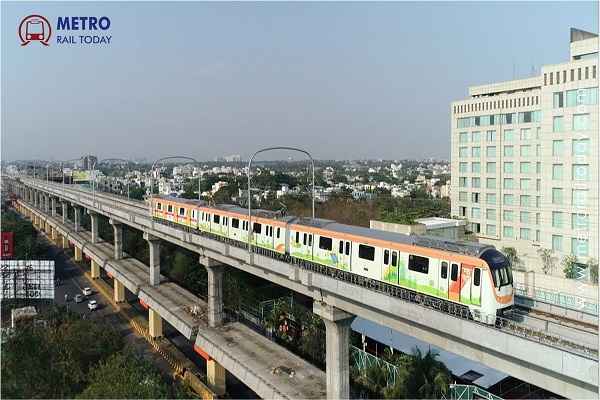 Two firms bid for Track Work Contract of Nagpur Metro Phase 2
Two firms bid for Track Work Contract of Nagpur Metro Phase 2 Derailing Integrity: Corruption Claims Hit Delhi Metro's Top Management
Derailing Integrity: Corruption Claims Hit Delhi Metro's Top Management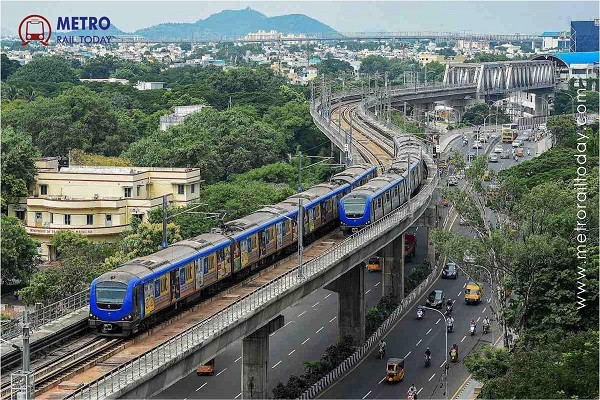 Six firms bid for DPR Consultancy for Chennai Metro's Koyambedu – Avadi Metro Line
Six firms bid for DPR Consultancy for Chennai Metro's Koyambedu – Avadi Metro Line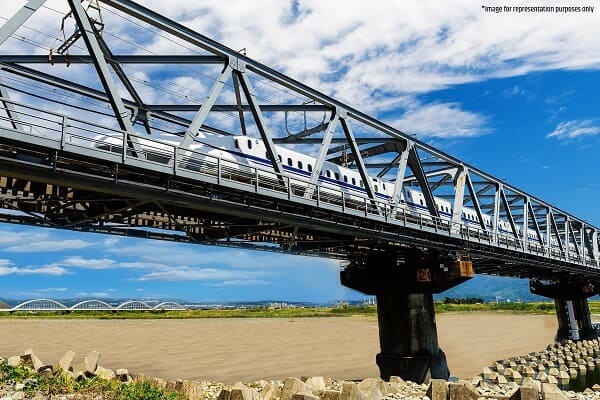 100-meter-long steel bridge launched on Mumbai-Ahmedabad High Speed Rail Corridor
100-meter-long steel bridge launched on Mumbai-Ahmedabad High Speed Rail Corridor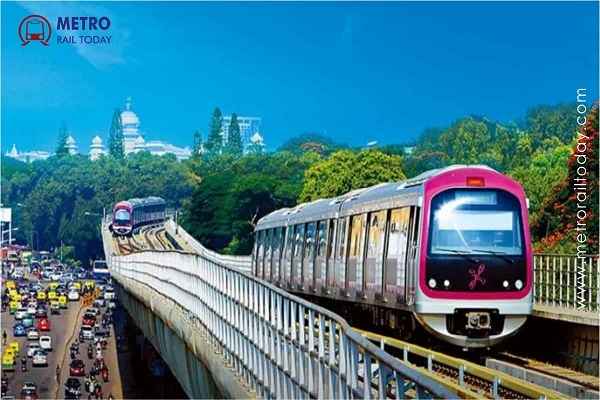 Bangalore Metro achieves record profit of ₹130 Crore in FY2023-24
Bangalore Metro achieves record profit of ₹130 Crore in FY2023-24
Why India's fastest trains clock an average speed of less than 100 kmph?
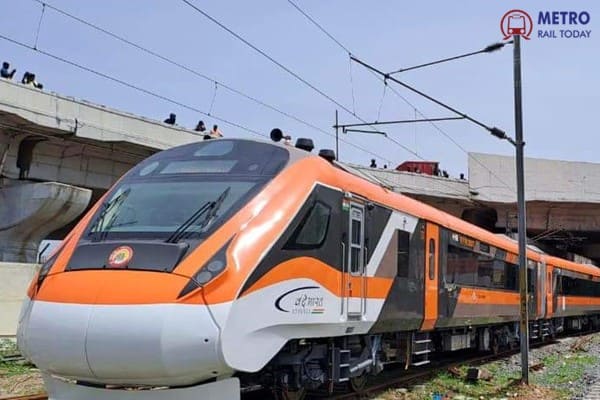
The speed potential of trains on Indian Railways (IR) is significantly impacted by various factors, each presenting its own set of challenges.
Rolling stock plays a crucial role in determining train speeds. While locomotives available on IR are capable of delivering speeds up to 160 kilometers per hour (KMPH), the efficiency of achieving this speed is highlighted in trains like Vande Bharat and Vande Amrut, where adequate power-to-trailing load ratios enable consistent performance.
Signalling infrastructure on IR faces several limitations. Double distance signalling, especially in adverse weather conditions like fog or storms, poses visibility challenges for train operators. The absence of CAB signalling, which allows locomotive pilots to view signal aspects on their operating panels, further complicates matters. Additionally, the lack of a robust anti-collision system, with KAVACH covering only a small fraction of the IR network, raises safety concerns.
Issues with the Overhead Equipment (OHE) system also impede higher train speeds. The existing 1x25 KV system falls short in providing the necessary energy for high-speed trains, necessitating its replacement with a 2x25 KV system.
Track-related factors pose significant obstacles to achieving higher speeds. Curves, even with slight degrees, prove restrictive, especially on IR's broad gauge tracks. The presence of numerous curves necessitates track realignment to unlock the full speed potential. Moreover, steep grades on mainline trunk routes demand higher power and tractive effort, leading to increased coupling forces and the need for additional support like bankers.
Infrastructure shortcomings, such as inadequate track fencing to prevent trespassing and the presence of rail-road crossings, further compound the challenges. Over 5000 permanent speed restrictions exist, even for the current Maximum Permissible Speed (MPS) of 110 KMPH, highlighting the need for their elimination. Tunnels and water bodies along the route require proper maintenance, especially during heavy rains to prevent track submergence.
Traffic management presents its own set of hurdles, with a wide variation in axle loads and permissible speeds between express and freight trains. Conflicts between trains sharing tracks, congested routes operating at maximum capacity, and insufficient terminal capacity add to the complexity of managing rail traffic effectively.
In conclusion, addressing these challenges requires significant infrastructure upgrades and strategic planning to optimize train speeds and enhance the overall efficiency of the Indian Railways network.





